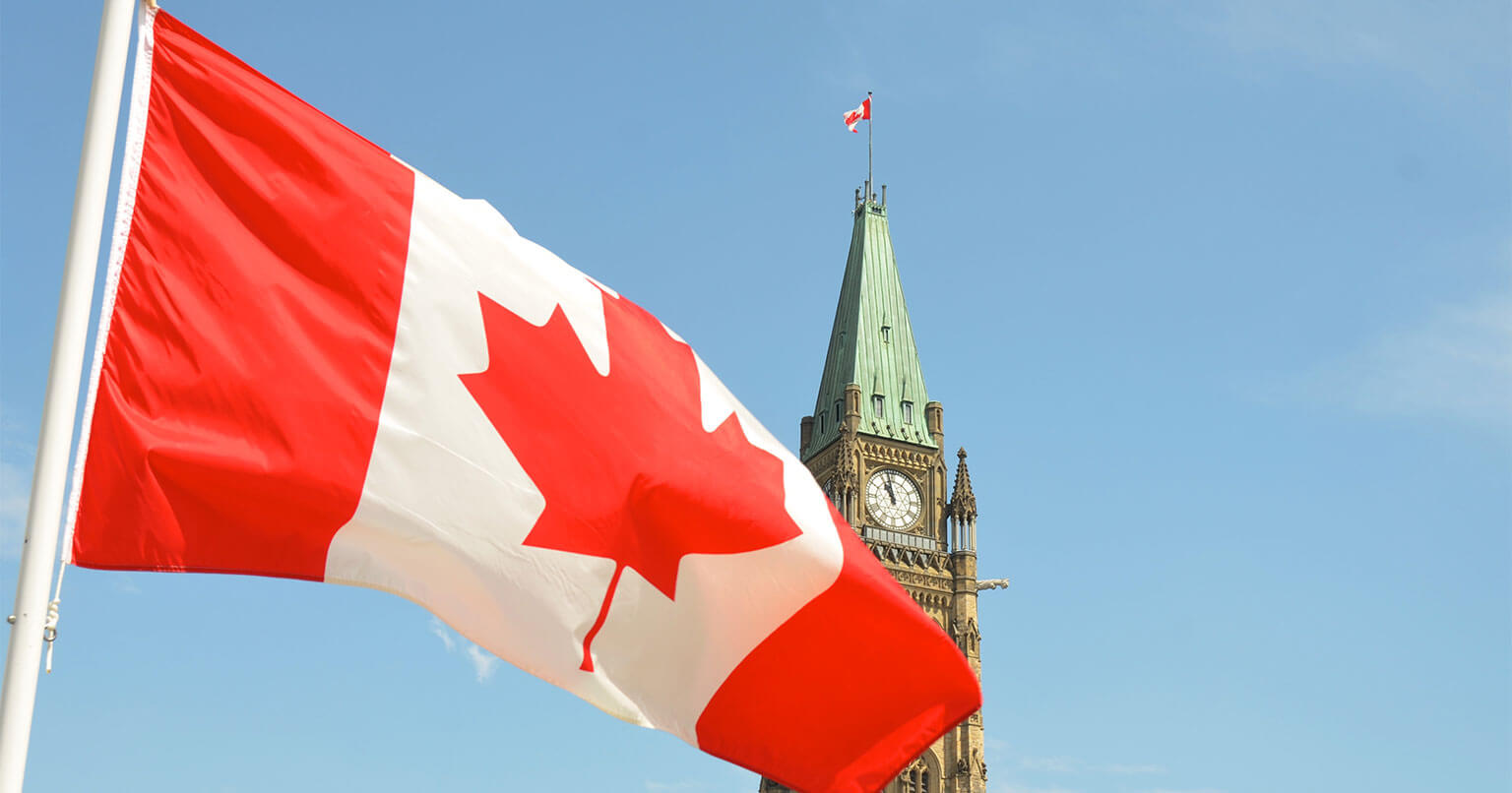
Understanding Canadian Culture
You have settled down and unpacked in Canada, your new home, and you’re ready to start a life of growth and adventure in this huge North American country, but you’ve noticed that apart from its different sights, sounds, and smells, The Great White North also has a culture that needs your respect and attention.
So, where do you start?
Luckily, we’ve made a short guide to prepare you to thrive in Canada. Read on to get a better understanding of Canadian culture.
Canadian culture has many sides
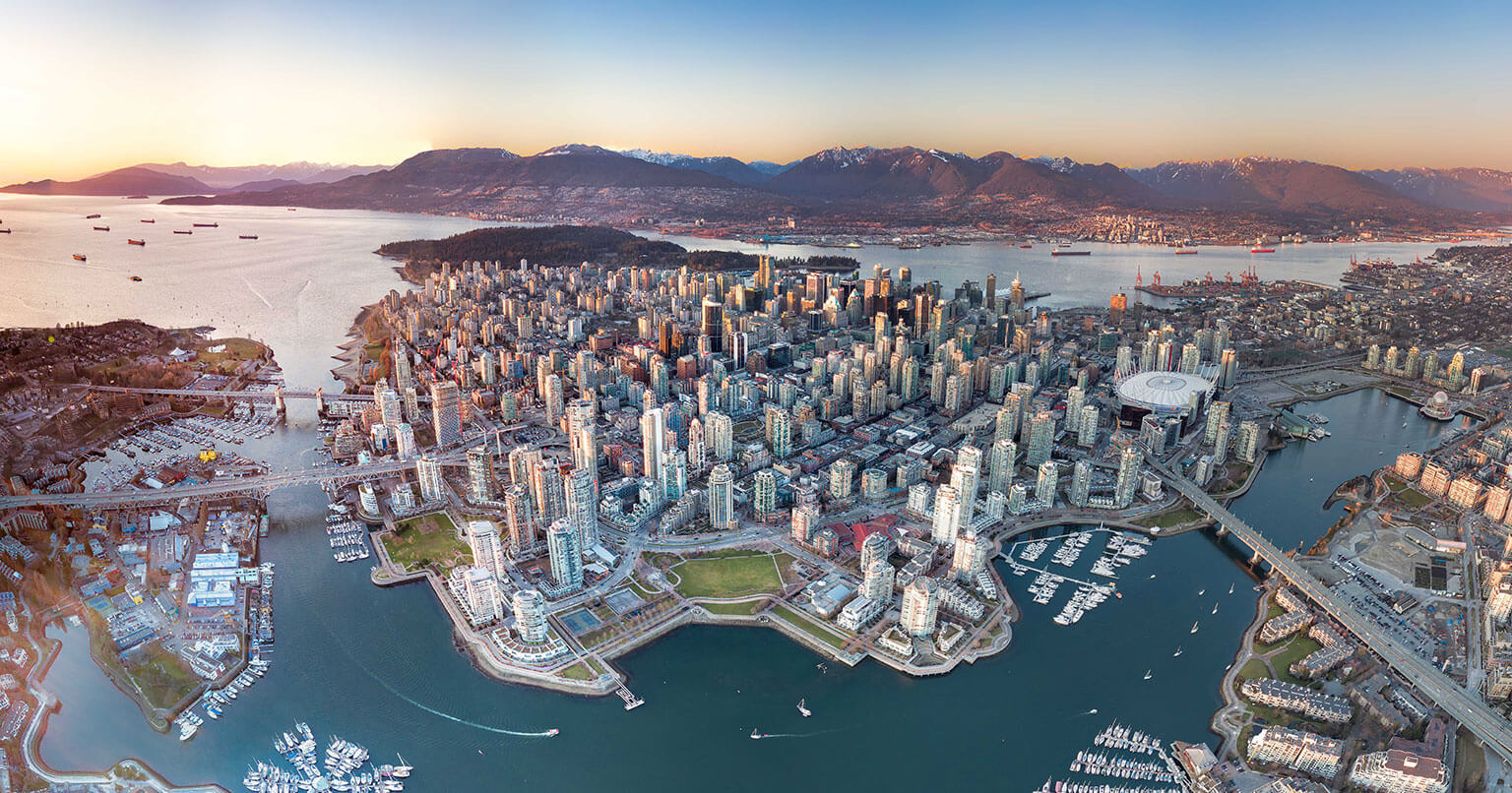
One of the first things you will notice when you reach Canada is that there is an English speaking (Anglophone) and a French speaking (Francophone) side in one country. This goes all the way back to Canada’s early days when British and French settlers came into the country.
Culturally, there are also slight differences between Anglophones and Francophones. For example, Anglophones are known to be more reserved in social interactions, while Francophones are livelier and use more animated gestures.
Apart from French and English, Canada also has a multitude of languages and customs brought in by citizens who trace their roots from around the world.
Canadian culture is a mosaic
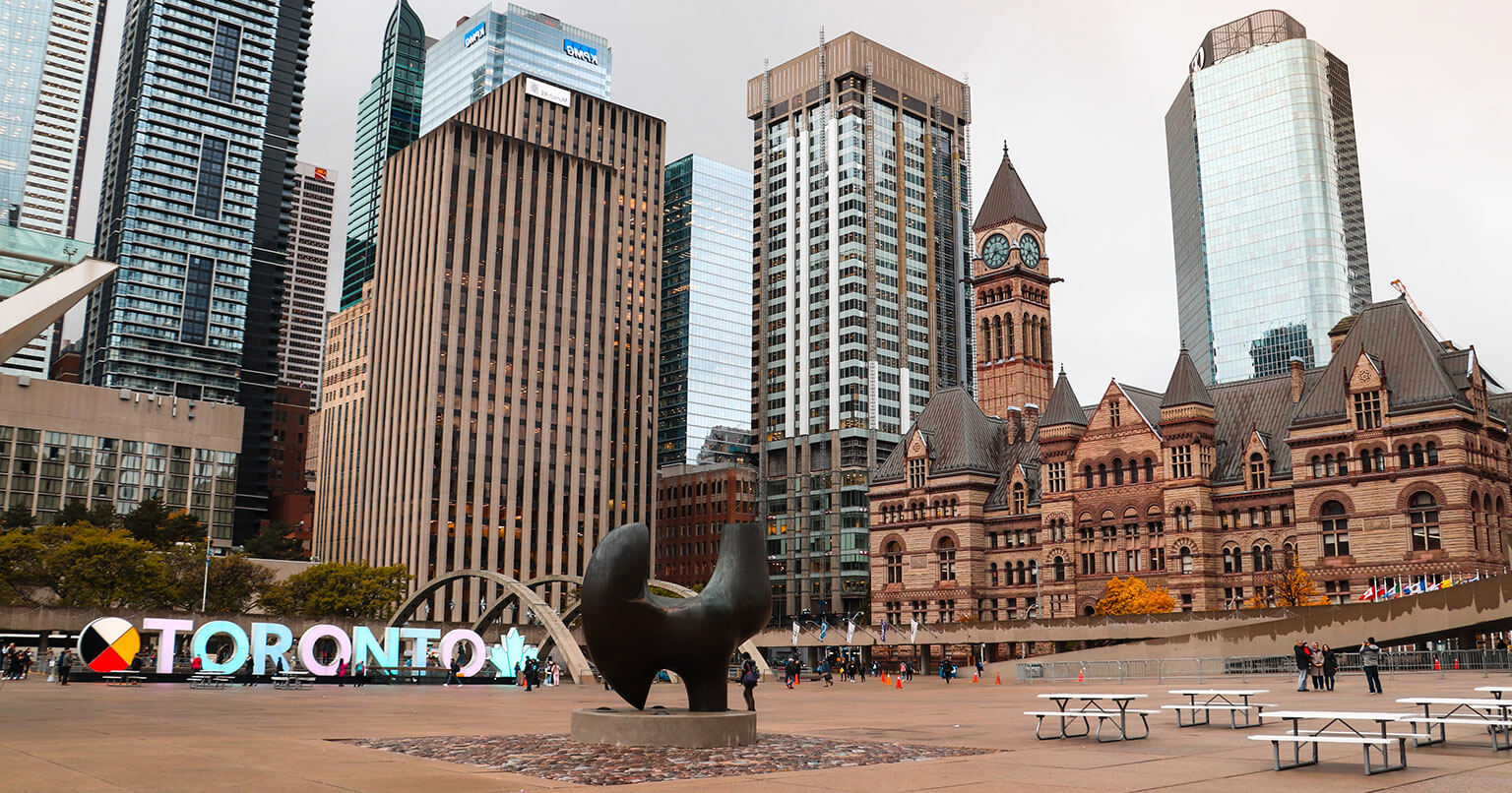
Unlike other countries where diverse cultures melt to form a single cultural identity, Canada sees its multiculturalism as a mosaic. In this approach, each culture is like a puzzle piece; and when you put all these pieces together, you will form the bigger picture: Canadian culture.
Howard Schneider explained this concept in his 1998 article for the Washington Post. He called the mosaic “brightly coloured bits of ethnicity, culture, racial identity and language embedded side by side. They may contrast with one another, but together they form a portrait of the nation in the same way dots on a pointillist painting convey a coherent image,” he said.
To simplify, Canada has long recognised that each of its citizens’ cultures contributes to what it means to be Canadian. In fact, Canada was the first country to have an official policy for multiculturalism dating back to 1971. Multiculturalism is also part of Canada’s Charter of Rights and Freedoms.
So, as you continue to adjust and adapt to Canadian culture, know that you as a Filipino in Canada are bringing in your own customs, values, and beliefs and helping add colour to what Canada is and what it will be.
Canadian culture examples
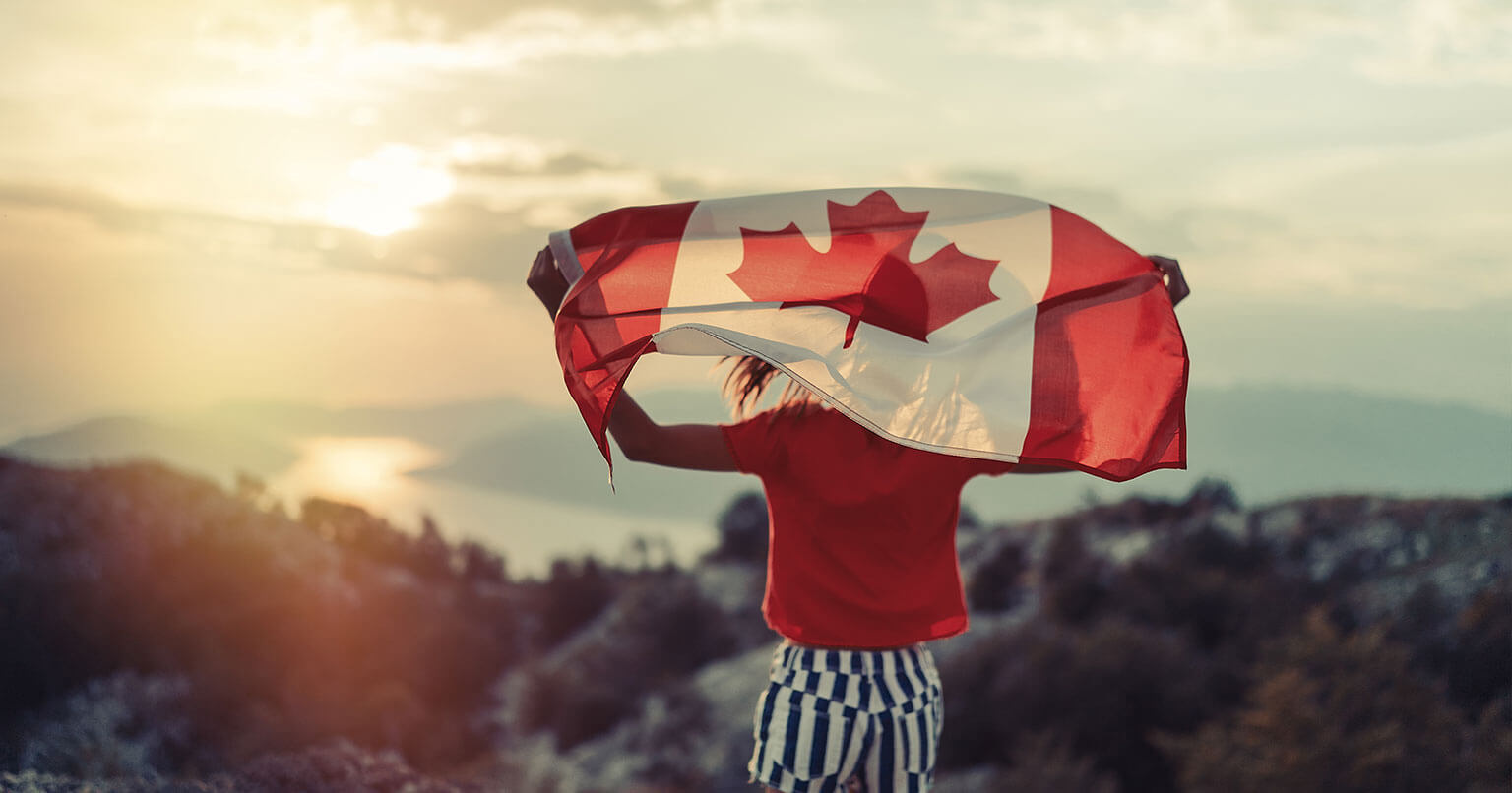
Now that you are interacting with more Canadians every day, it’s important to know these basic dos and don’ts in Canadian culture:
- Greetings – Canadian culture is usually informal and open to first-name introductions. Most Canadians greet each other with handshakes, while French Canadians greet each other with a light kiss on the left then right cheek. Before going in for a hug, make sure you’re already close friends with the other person.
- Communication – Most Canadians prefer to be non-confrontational and deliver feedback using polite language and hints. They also make it a point to let the other person finish their sentence before responding. Meanwhile, French Canadians speak with more gestures.
- Personal space – Most Canadians give each other at least an arm’s length of personal space. They also do not touch each other as much when conversing. On the other hand, French Canadians have smaller personal bubbles and may lightly touch each other when conversing.
- Saying “please” – Canadian culture values being respectful, so always say “please” when you make requests.
- Privacy – As much as they like their personal space, Canadians prefer to keep a boundary around what they share with others, so tread lightly when asking people about their salary, age, weight, relationships, and politics.
- Follow the queue – There is a line for everything. As a sign of respect, be patient and avoid cutting the line.
- Being on time – Canadian culture is a punctual culture, so don’t go around expecting to see your friends when you show up 45 minutes late for a meet-up.
- Visiting – When visiting someone’s home, always schedule visits and plan guest lists in advance. Avoid showing up unannounced with uninvited guests in tow, and always offer to help clean the venue.
- Tipping – Canadian service workers in restaurants, taxis, salons, and barbershops expect tips at around 15% to 20% of the total bill. You should also be ready to tip $1 to bellhops and valets.
- Gifts – Canadian gifts usually come with a card, so be prepared to write a kind note to go along with your present. Also, always give items and avoid giving cash because this may be offensive to others. In French Canadian culture, you may also send flowers or good wine to your host before attending their dinner party.
Canadian traditions
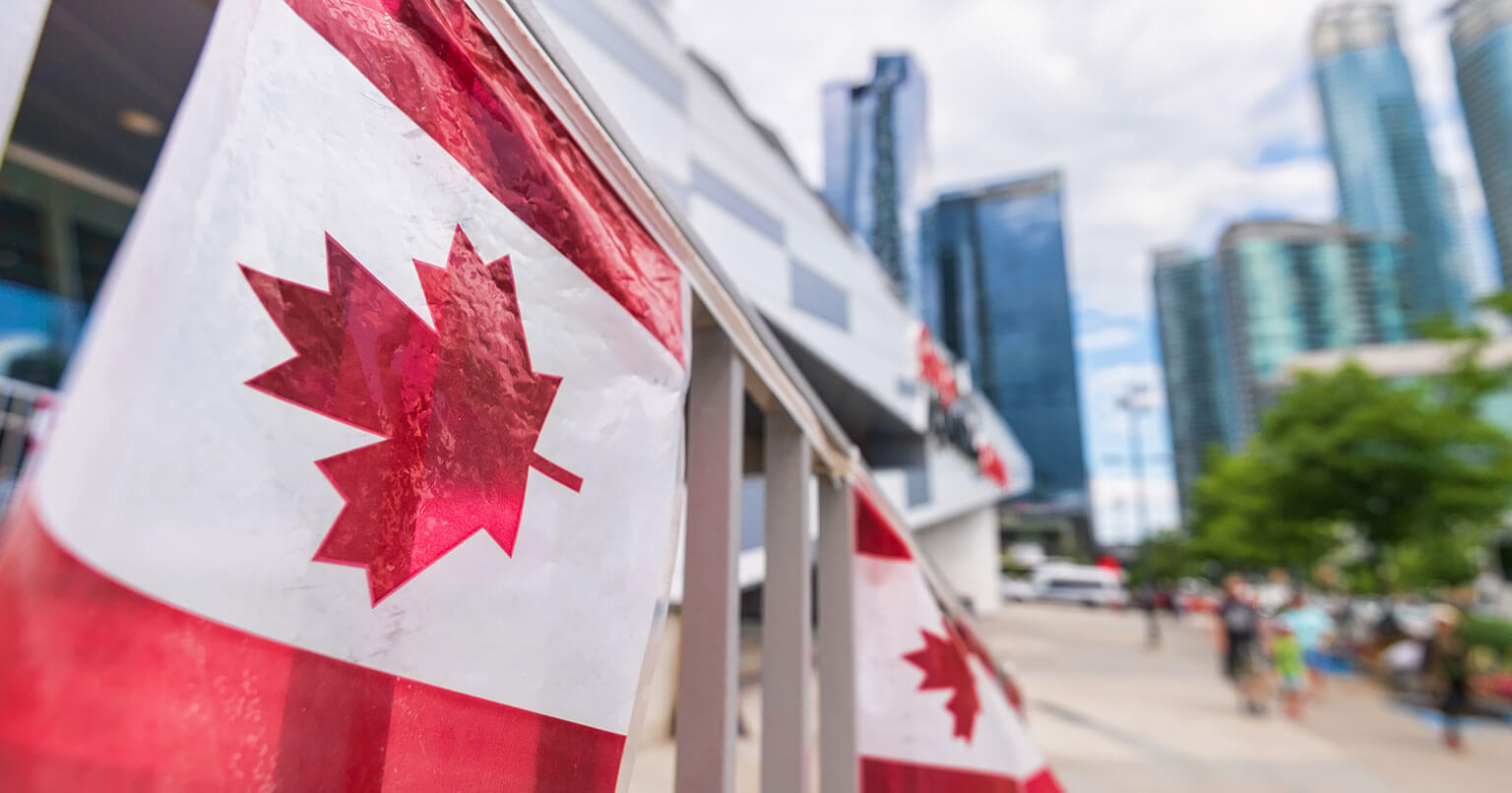
Once you’ve got the hang of Canadian etiquette, you can explore these Canadian traditions on your own or invite your new friends to the following events:
- New Year’s Levee – Celebrated since the 17th century, New Year’s Levee is an annual reception hosted by the Canadian governor general, provincial lieutenant governors, or the military for the public to welcome the New year and honour their public officials.
- Budget Day Announcements – If you look closely, you’ll see that the Canadian Minister of Finance and provincial finance ministers wear new shoes when they announce the people’s new budget. This usually happens in April.
- Calgary Stampede – If you’re into cowboys and rodeos, this event is for you. Take your friends to Calgary, Alberta in July to watch “The Greatest Outdoor Show on Earth,” filled with concerts, rodeos, parades, exhibits, and carnival rides.
- Canadian Thanksgiving – Canadian culture celebrates Thanksgiving on the second Monday of October. Here, friends and loved ones gather to give thanks for a bountiful harvest.
- Halloween – Halloween is a day of costumes and revelry in Canadian culture. Before Nov. 1, 2020, Vancouver residents over 19 years old could even legally set off fireworks in their backyard.
You should also remember these dates in case you want to hang out with friends or learn more about Canadian culture:
- New Year’s Day (Jan. 1)
- Groundhog Day (Feb. 2)
- Flag Day (Feb. 15)
- David’s Day (Mar. 1)
- Commonwealth Day (second Monday of March)
- Patrick’s Day (Mar. 17)
- Easter Weekend (varies)
- National Tartan Day (Apr. 6)
- Vimy Ridge Day (Apr. 9)
- Victoria Day/National Patriot’s Day (May 23)
- National Aboriginal Day (Jun. 21)
- Jean Baptist Day (Jun. 24) – Quebec
- Canada Day/Memorial Day (Jul. 1)
- Civic/Provincial Day (first Monday of August)
- Labour Day (Sept. 5)
- Thanksgiving Day (second Monday of October)
- Halloween (Oct. 31)
- Remembrance Day (of Nov. 11)
- The Anniversary of the Statute of Westminster (Dec. 11)
- Christmas Day (Dec. 25)
- Boxing Day (Dec. 26)
- New Year’s Eve (Dec. 31)
Canadian values
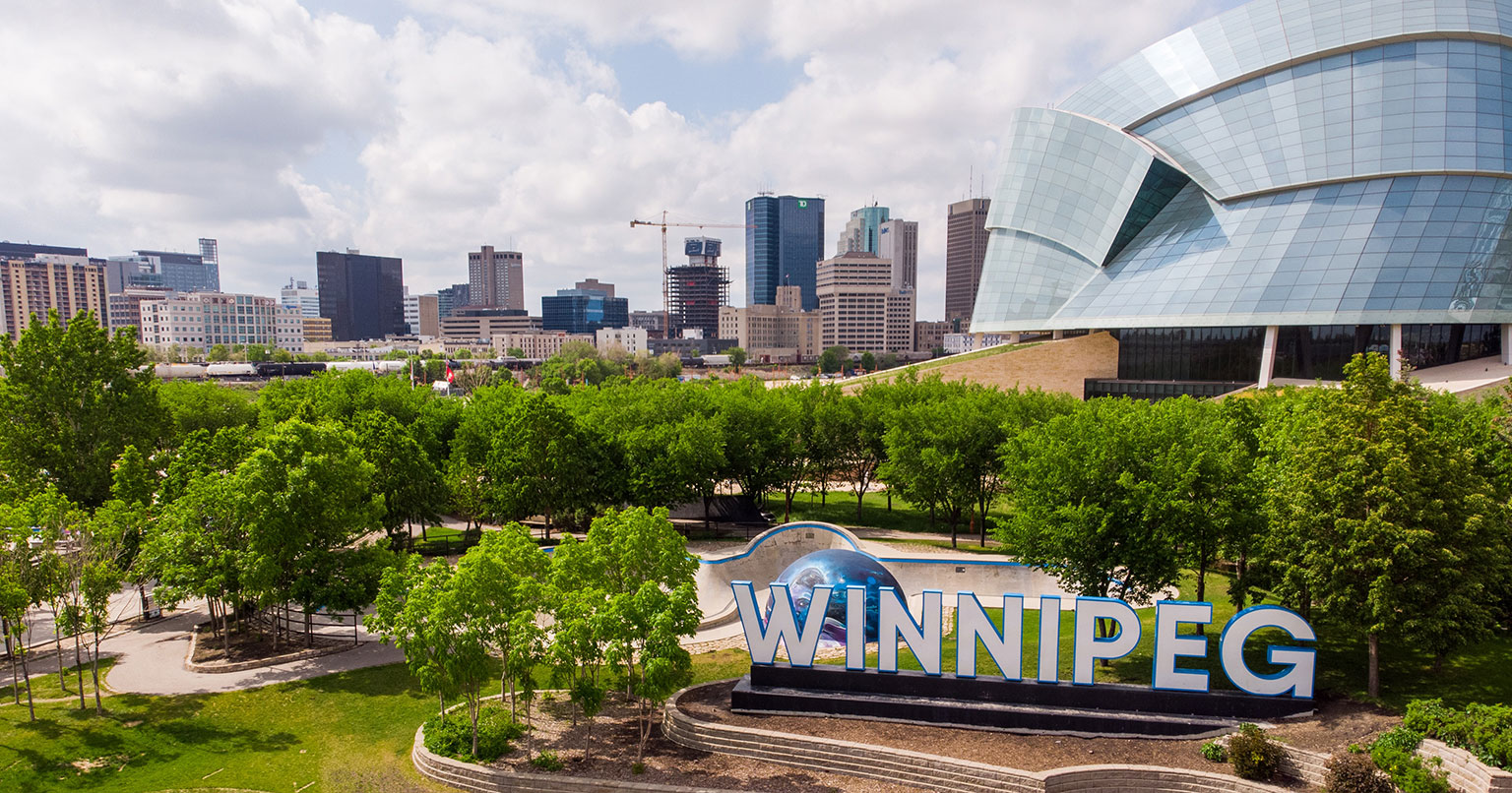
The way a group behaves reflects the ideas that are important to them. In Canadian culture, these are the people’s 10 most important values:
- Egalitarianism – In Canada, everyone is equal and deserving of respect.
- Informality – Canadian interactions are usually casual and on a first-name basis.
- Order and space – Personal space and privacy are important in Canadian culture, as well as respect for others’ properties. Always ask permission before using anyone’s belongings or visiting. To help maintain order, you should also wait your turn and speak in a calm manner.
- Individualism and community – While Canadian culture recognises that everyone has the right to pursue their goals, it also values each person’s contribution to their community. In other words, you are still part of a group whose goal is to make life better for its members.
- Punctuality – Canadian culture sees being on time as a sign of respect, commitment, and integrity. Follow through and show up at least 5 to 10 minutes early.
- Respect – Be polite and allow the people around you to be themselves. When expressing dissent, Canadians also prefer that you speak calmly and kindly.
- Multiculturalism – Canada recognises that it is made up of people from various parts of the world, who help make the country what it is today and what it will be in the future.
- Political correctness – Because Canada is multicultural, its people are careful in how they speak and act around others. When interacting with Canadians, use inclusive words and be mindful that not everyone thinks or acts like you.
- Regionalism – The people in each of Canada’s geographic areas are known for specific traits. They may be seen as more conservative in one area and more progressive in another, so be mindful of the location culture whenever you’re travelling around Canada.
- Love for the environment – Canadian culture values nature and the outdoors. You’ll see it in the country’s many parks and camping grounds. National and local policies also reflect the people’s respect for their natural resources.
Send money to the Philippines from Canada

Adjusting to Canadian culture takes time; but with patience and practice, you will soon find yourself thriving in your new home.
And while you’re flourishing in Canada, remember to share your growth with family in the Philippines by using Kabayan Remit.
To learn more about our efficient and secure money transfer app, click here.
